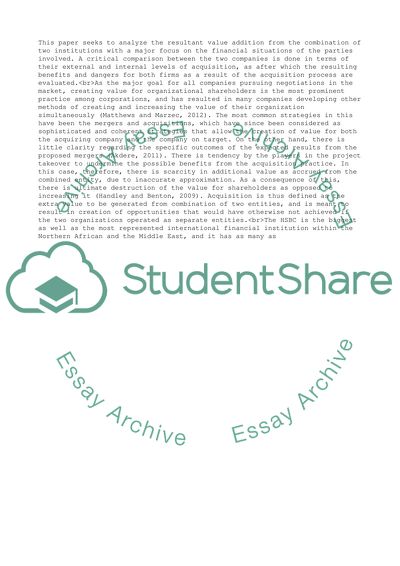Cite this document
(Systemic Management Essay Example | Topics and Well Written Essays - 3000 words, n.d.)
Systemic Management Essay Example | Topics and Well Written Essays - 3000 words. https://studentshare.org/management/1833441-systemic-management
Systemic Management Essay Example | Topics and Well Written Essays - 3000 words. https://studentshare.org/management/1833441-systemic-management
(Systemic Management Essay Example | Topics and Well Written Essays - 3000 Words)
Systemic Management Essay Example | Topics and Well Written Essays - 3000 Words. https://studentshare.org/management/1833441-systemic-management.
Systemic Management Essay Example | Topics and Well Written Essays - 3000 Words. https://studentshare.org/management/1833441-systemic-management.
“Systemic Management Essay Example | Topics and Well Written Essays - 3000 Words”. https://studentshare.org/management/1833441-systemic-management.


